Imagine a tech company trying to sell its latest software to a large corporation. The sales team faces a maze of decision-makers:
- The CTO is concerned with system integration.
- The CFO scrutinises the cost.
- The end-users focus on ease of use.
- The procurement officer emphasises compliance and risk.
Without a clear understanding of each stakeholder’s needs and motivations, the pitch quickly falls flat, and the deal slips away.
This is where personas come into play. Developing detailed personas is crucial in B2B markets, where multiple stakeholders and complex decision-making units (DMUs) are involved. Personas provide a clear picture of each stakeholder’s unique needs, behaviours, and pain points, enabling companies to tailor their marketing and sales strategies effectively. Ignoring this can lead to misaligned efforts and missed opportunities, but leveraging well-crafted personas can pave the way for successful engagements and long-term business relationships.
Understanding Decision-Making Units (DMUs) in B2B Markets
In B2B markets, the concept of a Decision-Making Unit (DMU) is central to understanding how purchasing decisions are made. A DMU is a group of individuals within an organisation who participate in the decision-making process for buying products or services. Unlike B2C markets, where a single consumer often makes the purchasing decision, B2B markets involve multiple stakeholders, each with distinct roles and interests.
Defining DMUs and Their Relevance
DMUs are relevant in B2B contexts because they reflect the collaborative nature of business purchases. Each member of the DMU brings a different perspective to the table, influenced by their specific responsibilities and concerns within the organisation. Recognising and addressing these varied viewpoints is essential for any company looking to sell to another business.
Typical Structure of DMUs
A typical DMU includes several key roles, each playing a critical part in the decision-making process:
- Decision-Makers: These individuals have the final authority to approve or reject a purchase. They are often senior executives or managers.
- Influencers: These stakeholders have a significant impact on the decision but do not have the final say. They provide input and recommendations based on their expertise.
- Gatekeepers: Gatekeepers control the flow of information within the DMU. They manage access to other members and can significantly influence which products or services are considered.
- Users: The end-users of the product or service whose feedback and preferences can sway the decision-making process.
- Buyers: These are the individuals who handle the procurement process, negotiate terms, and ensure that purchases comply with company policies.
Challenges of Addressing Multiple Stakeholders
Addressing the needs of multiple stakeholders within a DMU presents several challenges:
- Diverse Needs and Perspectives: Each member of the DMU has unique concerns and priorities. For example, a CTO might prioritise technical compatibility and scalability, while a CFO focuses on cost-effectiveness and ROI. Understanding and addressing these varied needs requires a nuanced approach.
- Complex Buying Processes: The involvement of multiple stakeholders often leads to longer and more complex buying processes. Coordinating and managing these extended cycles demands patience and persistence.
- Conflicting Interests: Different members of the DMU may have conflicting interests. For instance, end-users may favour a solution that enhances usability, while procurement officers are more concerned with compliance and cost control. Navigating these conflicts and finding a balanced solution is critical for successful sales.
- Information Overload: In large organisations, the sheer volume of information and the number of decision-makers can lead to confusion and delays. Ensuring that the right information reaches the right stakeholders at the right time is essential.
Understanding the structure and dynamics of DMUs is fundamental for developing effective B2B personas. By mapping out each stakeholder’s roles, interests, and challenges, companies can create tailored strategies that resonate with the entire decision-making unit, ultimately leading to more successful outcomes.
The Importance of Personas in B2B Marketing
Personas are detailed, semi-fictional representations of your ideal customers based on market research and real data about your existing customers. They include demographic information, behaviour patterns, motivations, and goals. In B2B marketing, personas help businesses understand and segment their target audience, ensuring that marketing efforts are relevant and practical.
Unique Benefits of Using Personas in B2B Contexts
- Better Targeting and Personalisation
- Personas enable marketers to tailor their messaging and content to specific audience segments, resulting in more relevant and compelling communications. This personalisation can significantly improve engagement and conversion rates.
- Improved Alignment Between Sales and Marketing
- By developing shared personas, sales and marketing teams gain a unified understanding of the target audience. This alignment ensures consistent messaging and a cohesive approach to attracting and nurturing leads.
- Enhanced Understanding of Complex Buyer Journeys
- B2B buyer journeys are often lengthy and involve multiple touchpoints. Personas help map out these journeys by detailing each stakeholder’s different stages and decision-making criteria. This understanding allows marketers to create content and strategies that address the specific needs and pain points at each stage of the journey.
Strategies for Developing Effective B2B Personas
Stakeholder Mapping
Stakeholder mapping is the process of identifying and analyzing the individuals within an organization who influence or make purchasing decisions. It involves creating a visual representation of these stakeholders and their relationships to understand their roles and impacts.
Steps to Identify and Map Out All Relevant Stakeholders in the DMU
- Identify Key Roles: List all the potential roles involved in the decision-making process (e.g., decision-makers, influencers, gatekeepers, users, buyers).
- Gather Information: Collect data on each stakeholder’s responsibilities, concerns, and influence within the organisation.
- Create a Map: Visualise the relationships and hierarchy among stakeholders to understand how decisions are made and who influences whom.
Tips for Prioritising Key Stakeholders Based on Influence and Involvement
- Focus on stakeholders with the highest decision-making power and those who can significantly influence the decision process.
- Consider the level of involvement of each stakeholder throughout the buyer journey.
- Prioritise stakeholders whose concerns align closely with your product or service offerings.
Conducting In-Depth Interviews
Qualitative research provides deep insights into stakeholders’ motivations, challenges, and behaviours. In-Depth Interviews goes beyond quantitative data to uncover the underlying reasons behind decisions and actions.
Guidelines for Conducting Effective Interviews with Various Stakeholders
- Prepare Thoroughly: Develop a list of open-ended questions that cover key topics such as roles, responsibilities, challenges, and decision-making criteria.
- Build Rapport: Establish trust and a comfortable environment to encourage honest and detailed responses.
- Listen Actively: Pay close attention to answers, ask follow-up questions, and explore interesting points in depth.
Key Questions to Uncover Roles, Responsibilities, Challenges, and Decision-Making Criteria
- What are your primary responsibilities in the purchasing process?
- What challenges do you face when evaluating new solutions?
- What factors are most important to you when making a decision?
- How do you gather information and assess potential vendors?
Utilising Quantitative Data
Quantitative data provides measurable insights that help validate and refine personas. It includes statistical and numerical information that can highlight trends and patterns in stakeholder behaviour.
Methods for Gathering and Analyzing Data
- Surveys: Conduct surveys to collect demographic information, preferences, and feedback.
- CRM Data: Analyse customer relationship management (CRM) data to identify common characteristics and behaviours.
- Web Analytics: Use web analytics to track online behaviour and engagement with content.
How to Use Data to Validate and Refine Personas
- Compare qualitative insights with quantitative data to ensure consistency and accuracy.
- Identify trends and commonalities across different data sources to build robust personas.
- Continuously update personas based on new data and evolving market conditions.
Segmenting by Role and Influence
Different stakeholders within a DMU have varying needs and priorities. Role-specific personas ensure that marketing efforts address the specific concerns of each stakeholder group.
Techniques for Segmenting Personas Based on Role, Influence, and Buying Behavior
- Role-Based Segmentation: Develop separate personas for different roles (e.g., CFO, IT Manager, Procurement Officer) to address their unique needs.
- Influence-Based Segmentation: Identify key influencers and decision-makers and create personas focusing on their concerns and decision criteria.
- Behaviour-Based Segmentation: Analyze buying behaviour and engagement patterns to segment personas based on their interaction with your brand and products.
Examples of Role-Specific Personas
- CFO: Focused on cost-effectiveness, ROI, and financial stability.
- IT Manager: Concerned with technical compatibility, scalability, and security.
- Procurement Officer: Emphasises compliance, risk management, and vendor reliability.
Incorporating Behavioral Insights
Behavioural insights reveal how stakeholders interact with your brand and products. They provide a deeper understanding of preferences, motivations, and decision-making processes.
Methods for Capturing Behavioral Data
- Usage Patterns: Track how stakeholders use your product or service, including frequency and duration.
- Content Engagement: Analyze engagement with content such as blogs, whitepapers, and webinars.
- Purchase History: Review past purchases to identify trends and preferences.
Integrating Behavioral Insights into Personas for a More Holistic View
- Combine qualitative and quantitative data to create comprehensive personas reflecting stated preferences and behaviours.
- Use behavioural insights to personalise marketing strategies and content, ensuring they resonate with each stakeholder’s unique journey.
- Continuously update personas with new behavioural data to keep them relevant and accurate.
Addressing the Unique Needs of Different Roles
In B2B marketing, addressing the diverse needs of stakeholders within a Decision-Making Unit (DMU) is crucial. Each role has distinct priorities and behaviours, requiring tailored messaging to resonate with them effectively.
Here are some typical roles within a DMU and strategies to meet their specific needs:
Decision-Makers
Focus on Strategic Benefits and ROI
- Needs and Behaviors: Decision-makers, often senior executives or managers, are primarily concerned with the overall strategic benefits and return on investment (ROI) of a purchase. They must be convinced that the solution aligns with the company’s long-term goals and will provide significant value.
- Tailored Messaging: Emphasise how your product or service will drive growth, enhance efficiency, and provide a competitive edge. Use data and case studies to illustrate potential ROI and long-term benefits.
- Example: “Our software solution can increase your operational efficiency by 30%, providing a clear ROI within the first year of implementation.”
Influencers
Emphasise Features and Usability
- Needs and Behaviors: Influencers are typically subject matter experts who evaluate a product’s technical aspects. They focus on features, functionality, and usability.
- Tailored Messaging: Highlight your product’s advanced features, ease of integration, and user-friendly interface. Provide detailed technical specifications and demonstrate how the solution meets their specific requirements.
- Example: “Our platform integrates seamlessly with your existing systems, offering an intuitive interface that enhances productivity without a steep learning curve.”
Users
Highlight Ease of Use and Support
- Needs and Behaviors: End-users are concerned with how the product will impact their daily tasks. They look for solutions that are easy to use and have robust support.
- Tailored Messaging: Focus on the product’s ease of use, training resources, and customer support. Provide testimonials and examples of how the product simplifies workflows and improves job satisfaction.
- Example: “Our tool is designed for ease of use, with extensive training modules and 24/7 customer support to ensure a smooth transition and continuous assistance.”
Gatekeepers
Address Compliance and Risk Concerns
- Needs and Behaviors: Gatekeepers control access to decision-makers and are often responsible for ensuring that purchases comply with internal policies and regulations. They prioritise compliance, risk management, and security.
- Tailored Messaging: Emphasise your product’s compliance features, security protocols, and risk mitigation aspects. Provide certifications, compliance reports, and security audits to build trust.
- Example: “Our solution adheres to industry standards and compliance regulations, ensuring that your data remains secure and your operations stay within legal boundaries.”
Aligning Sales and Marketing Efforts with Personas
Aligning sales and marketing efforts is critical for delivering a cohesive and effective strategy that addresses the needs of all stakeholders. Personas play a central role in achieving this alignment by providing a unified understanding of the target audience.
The Importance of Alignment Between Sales and Marketing
- Consistent Messaging: Alignment ensures that sales and marketing teams deliver consistent messages that resonate with the target personas. This consistency builds trust and reinforces the brand’s value proposition.
- Improved Lead Quality: When sales and marketing teams work together, they can more effectively identify and nurture high-quality leads, leading to better conversion rates and customer satisfaction.
- Streamlined Buyer Journey: A unified approach helps create a seamless experience for prospects as they move through the buyer journey, from initial awareness to final purchase.
Using Personas to Create Cohesive Sales and Marketing Strategies
- Collaborative Persona Development
- Involve sales and marketing teams in the persona development process to ensure all perspectives are considered. Regularly update personas based on feedback from both teams.
- Shared Goals and Metrics
- Establish shared goals and metrics for sales and marketing efforts. Use personas to guide these goals, ensuring that both teams focus on the same target audience and objectives.
- Integrated Content Strategy
- Develop an integrated content strategy that addresses the needs of each persona at different stages of the buyer journey. Use personas to guide the creation of targeted content that supports lead generation and nurturing.
- Regular Communication and Feedback
- Facilitate regular communication between sales and marketing teams to discuss persona insights, campaign performance, and lead feedback. Use this information to refine strategies and improve alignment.
Examples of Persona-Driven Content and Communication Plans
- Top-of-Funnel Content (Awareness Stage)
- Decision-Makers: Whitepapers and case studies showcasing strategic benefits and ROI.
- Influencers: Technical blogs and webinars highlighting advanced features and integration capabilities.
- Users: Tutorials and user guides demonstrating ease of use and practical applications.
- Gatekeepers: Compliance checklists and security audits ensuring adherence to regulations.
- Middle-of-Funnel Content (Consideration Stage)
- Decision-Makers: ROI calculators and industry reports illustrating financial benefits.
- Influencers: Product demos and comparison charts emphasising technical superiority.
- Users: Testimonials and case studies from similar users detailing positive experiences.
- Gatekeepers: Detailed compliance documentation and third-party security assessments.
- Bottom-of-Funnel Content (Decision Stage)
- Decision-Makers: Personalised proposals and executive summaries focusing on strategic alignment.
- Influencers: In-depth technical documentation and integration support plans.
- Users: Onboarding plans and training schedules ensure smooth implementation.
- Gatekeepers: Contracts and service level agreements (SLAs) outlining compliance and risk management measures.
By leveraging personas, sales and marketing teams can create a cohesive strategy that effectively addresses each stakeholder’s unique needs, leading to more successful outcomes and stronger business relationships.
Successful B2B Persona Development
This section presents illustrative examples of companies that have successfully developed and implemented B2B personas. While these case studies are fictional, they reflect realistic scenarios and strategies that can be applied to real-world situations.
Example 1: TechSolutions Inc.
Background
TechSolutions Inc., a mid-sized enterprise software provider, faced challenges in closing deals with large corporations due to the complexity of their decision-making units (DMUs). The sales team often encountered multiple stakeholders with conflicting interests, leading to prolonged sales cycles and lost opportunities.
Strategy
To address this issue, TechSolutions Inc. developed detailed B2B personas to better understand and engage each stakeholder within the DMU. The company undertook a comprehensive approach:
- Stakeholder Mapping: TechSolutions conducted a thorough stakeholder mapping exercise to identify all relevant roles within their target DMUs, including decision-makers, influencers, gatekeepers, and users.
- In-Depth Interviews: They conducted qualitative interviews with representatives from each stakeholder group across several of their existing clients. These interviews uncovered specific needs, challenges, and decision-making criteria for each role.
- Quantitative Data Analysis: The company analyzed quantitative data from surveys and CRM systems to validate their qualitative insights. This data provided additional context on the behaviours and preferences of each persona.
- Persona Segmentation: TechSolutions segmented their personas based on role and influence, creating detailed profiles for each stakeholder type, such as CFOs, IT Managers, and Procurement Officers.
- Behavioural Insights: The company integrated behavioural data, such as product usage patterns and content engagement, to further refine their personas.
Outcomes
The implementation of detailed personas led to significant improvements:
- Reduced Sales Cycle: By tailoring its messaging and content to address the specific concerns of each stakeholder, TechSolutions reduced the average sales cycle.
- Increased Win Rate: Aligning sales and marketing strategies with persona insights resulted in an increase in their win rate for new deals.
- Enhanced Customer Engagement: Personalised communication and targeted content improved engagement metrics like email open rates and webinar attendance.
Key Takeaways
- Comprehensive Research is Crucial: Combining qualitative interviews with quantitative data ensures a well-rounded understanding of each persona.
- Segmentation Enhances Relevance: Role-specific personas allow for more precise targeting and messaging.
- Behavioural Insights Add Depth: Integrating behavioural data helps refine personas and tailor marketing strategies effectively.
Example 2: Global Manufacturing Corp.
Background
Global Manufacturing Corp., a supplier of industrial machinery, struggled to engage with various stakeholders in its client organizations effectively. Its one-size-fits-all approach failed to resonate with the diverse needs of engineers, procurement officers, and senior executives.
Strategy
To improve their engagement, Global Manufacturing Corp. implemented a persona-driven strategy:
- Stakeholder Mapping: They began by mapping out the key stakeholders involved in purchasing decisions, identifying engineers, procurement officers, and senior executives as primary personas.
- In-Depth Interviews: Conducting in-depth interviews with representatives from each stakeholder group revealed critical insights into their specific concerns and decision-making processes.
- Quantitative Data Collection: The company gathered quantitative data through surveys and CRM analytics to validate its findings and uncover additional trends.
- Role-Specific Personas: They developed detailed personas for each role, focusing on the unique needs and pain points of engineers (technical specifications and reliability), procurement officers (cost and compliance), and senior executives (ROI and strategic fit).
- Targeted Content Creation: Using these personas, Global Manufacturing Corp. created tailored content for each stakeholder, including technical whitepapers for engineers, cost-benefit analyses for procurement officers, and strategic reports for senior executives.
Outcomes
The persona-driven approach yielded significant benefits:
- Improved Engagement: Tailored content led to higher engagement rates, with an increase in whitepaper downloads and a rise in webinar attendance.
- Higher Conversion Rates: Addressing the specific needs of each persona improved conversion rates, resulting in an increase in new client acquisitions.
- Stronger Client Relationships: Personalised communication and relevant content strengthened relationships with existing clients, enhancing loyalty and repeat business.
Key Takeaways
- Role-Specific Content is Effective: Developing personas for distinct roles and creating targeted content significantly improves engagement and conversion rates.
- Data-Driven Insights are Valuable: Combining qualitative and quantitative data ensures accurate and actionable persona profiles.
- Continuous Improvement is Key: Regularly updating personas based on new data and feedback maintains their relevance and effectiveness.
Example 3: Financial Services Firm
Background
A financial services firm had difficulty marketing its investment products to large institutional clients. The diverse range of stakeholders, including portfolio managers, compliance officers, and CFOs, made it challenging to deliver relevant and compelling messages.
Strategy
The firm decided to develop detailed B2B personas to target their marketing efforts better:
- Stakeholder Mapping: They identified key stakeholders within their target DMUs, focusing on portfolio managers, compliance officers, and CFOs.
- In-Depth Interviews: Interviews with current clients provided deep insights into each stakeholder group’s specific needs and decision-making criteria.
- Quantitative Analysis: Surveys and CRM data analysis helped validate the qualitative insights and identify additional trends.
- Behavioural Insights Integration: The firm incorporated behavioural data, such as engagement with market reports and investment performance data, to refine its personas.
- Tailored Messaging and Campaigns: They developed targeted campaigns and content, such as detailed investment performance reports for portfolio managers, compliance checklists for compliance officers, and strategic financial analyses for CFOs.
Outcomes
The firm experienced significant improvements:
- Increased Lead Generation: Targeted campaigns led to an increase in high-quality leads.
- Enhanced Client Satisfaction: Personalised communication and relevant content improved client satisfaction scores.
- Higher Conversion Rates: The focused approach resulted in an increase in conversion rates for new accounts.
Key Takeaways
- Understanding Stakeholder Needs is Crucial: In-depth interviews provide valuable insights into the specific needs and decision-making criteria of different stakeholders.
- Behavioral Data Enhances Personas: Integrating behavioural insights helps refine personas and improve targeting accuracy.
- Targeted Campaigns Drive Results: Tailored messaging and content significantly improve lead generation, client satisfaction, and conversion rates.
These illustrative examples demonstrate the power of developing detailed B2B personas. By understanding and addressing the unique needs of each stakeholder within a DMU, companies can create more effective marketing strategies, improve engagement, and achieve better business outcomes.
Best Practices for Continuous Persona Improvement
In the dynamic world of B2B marketing, the needs, behaviours, and preferences of decision-making units (DMUs) are constantly evolving. Market conditions change, new technologies emerge, and business priorities shift. As such, personas must be continuously refined to remain relevant and effective. Stagnant personas can lead to misaligned strategies, wasted resources, and missed opportunities. Continuous improvement ensures that personas accurately reflect the current landscape and provide actionable insights for marketing and sales efforts.
Best Practices for Updating Personas Based on Feedback and New Data
- Regularly Collect and Analyze Feedback
- Customer Feedback: Gather ongoing customer feedback through surveys, interviews, and feedback forms. Pay attention to their evolving needs, challenges, and preferences.
- Sales Team Insights: Sales teams interact directly with prospects and clients. Regularly collect their observations and insights to understand shifting customer priorities and concerns.
- Marketing Metrics: Analyze marketing performance data, such as engagement rates, conversion rates, and content performance, to identify trends and areas for improvement.
- Integrate Multiple Data Sources
- Qualitative Data: Conduct periodic qualitative research, such as focus groups and in-depth interviews, to gain insights into stakeholder motivations and behaviours.
- Quantitative Data: Use quantitative data from surveys, CRM systems, and web analytics to validate qualitative findings and identify broader trends.
- Behavioural Data: Monitor behavioural data, such as product usage patterns, content engagement, and social media interactions, to capture real-time changes in stakeholder behaviour.
- Establish a Feedback Loop
- Cross-Functional Collaboration: Create a feedback loop involving marketing, sales, and customer service teams. Regularly share insights and data to ensure a holistic understanding of personas.
- Customer Advisory Boards: Engage with customer advisory boards or panels to gain direct feedback from key stakeholders and industry experts.
- Set a Review Schedule
- Regular Reviews: To assess their accuracy and relevance, schedule regular persona reviews, quarterly or biannually. Adjust the frequency based on the pace of market changes.
- Update Triggers: Implement triggers for persona updates, such as significant changes in market conditions, new product launches, or major shifts in customer feedback.
Tools and Techniques for Monitoring Persona Relevance and Effectiveness
- Customer Relationship Management (CRM) Systems
- Use CRM systems to track customer interactions, sales data, and feedback. Analyze this data to identify trends and patterns that inform persona updates.
- Marketing Automation Platforms
- Leverage marketing automation tools to monitor engagement metrics, such as email open rates, click-through rates, and conversion rates. These metrics provide insights into how well personas resonate with target audiences.
- Web Analytics Tools
- Utilise web analytics tools like Google Analytics to track website behaviour, content performance, and user journeys. This data helps identify changes in stakeholder preferences and behaviours.
- Social Listening Tools
- Implement social listening tools to monitor conversations and sentiment on social media platforms. This technique provides real-time insights into stakeholder opinions, trends, and emerging needs.
- A/B Testing
- Conduct A/B testing of marketing campaigns and content to evaluate the effectiveness of different messaging and strategies. Use the results to refine personas and improve targeting accuracy.
- Customer Feedback Platforms
- Use customer feedback platforms like NPS surveys and customer satisfaction tools to gather ongoing feedback and measure customer sentiment. Analyze this feedback to inform persona updates.
- Data Visualisation Tools
- Employ data visualisation tools to create clear, actionable reports on persona performance and relevance. Visualising data helps identify trends and areas for improvement quickly.
- AI and Machine Learning
- Utilise AI and machine learning technologies to analyze large datasets and uncover hidden patterns and insights. These tools can predict future trends and behaviours, helping keep personas up-to-date.
By continuously refining personas based on feedback and new data, companies can ensure their marketing and sales strategies remain aligned with the evolving needs of their target audience. Implementing these best practices and utilising the right tools will help maintain the relevance and effectiveness of B2B personas, leading to better engagement, higher conversion rates, and stronger business outcomes.
Unlocking the Full Potential of B2B Marketing
Understanding the intricate dynamics of B2B decision-making units is not just a strategy—it’s a necessity for success. By developing and continuously refining detailed personas, businesses can navigate the complexities of multiple stakeholders, ensuring that their marketing efforts are precise, relevant, and impactful.
At Kadence, we specialise in helping businesses unlock the full potential of their B2B marketing strategies. Our persona development and market research expertise empower companies to connect deeply with their target audience, driving engagement and growth. Don’t let the complexity of your B2B market be a barrier. Reach out to us today, and let us help you transform your understanding of your audience into actionable insights and winning strategies.
Get regular insights
Keep up to date with the latest insights from our research as well as all our company news in our free monthly newsletter.








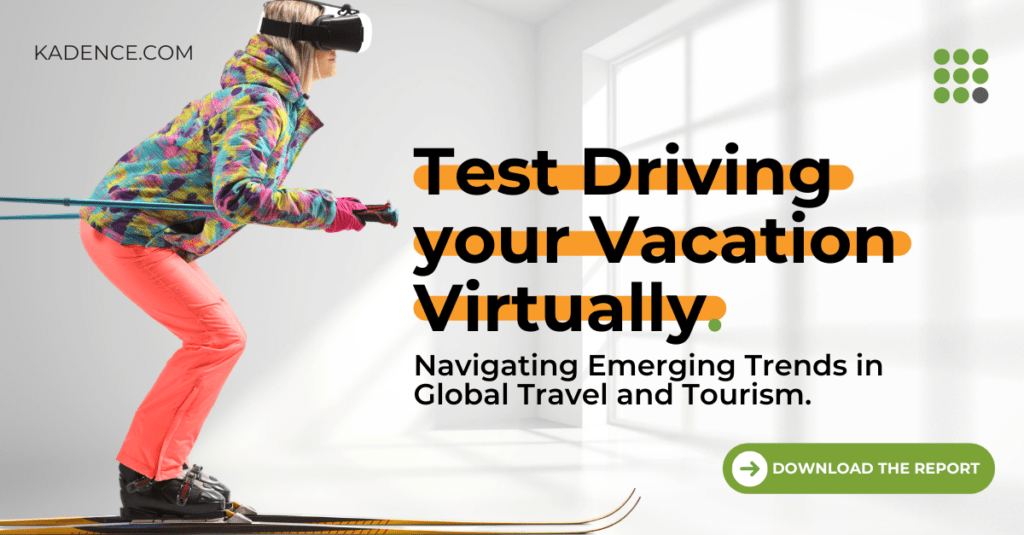

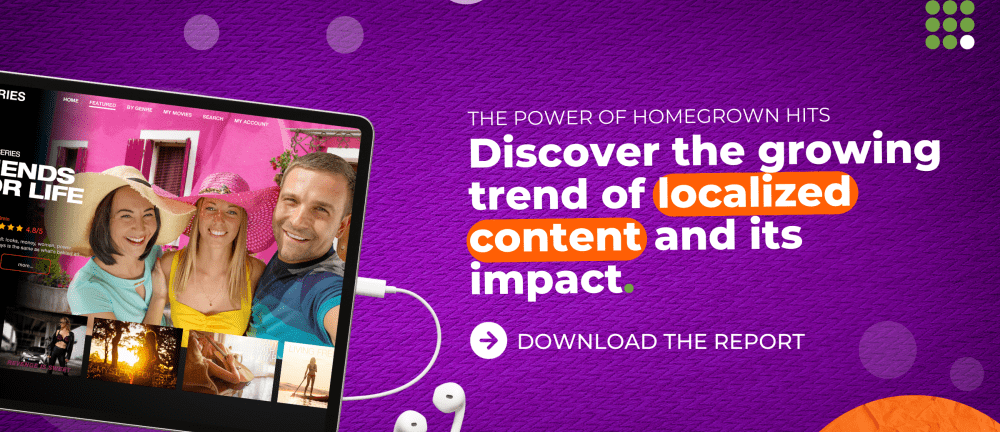

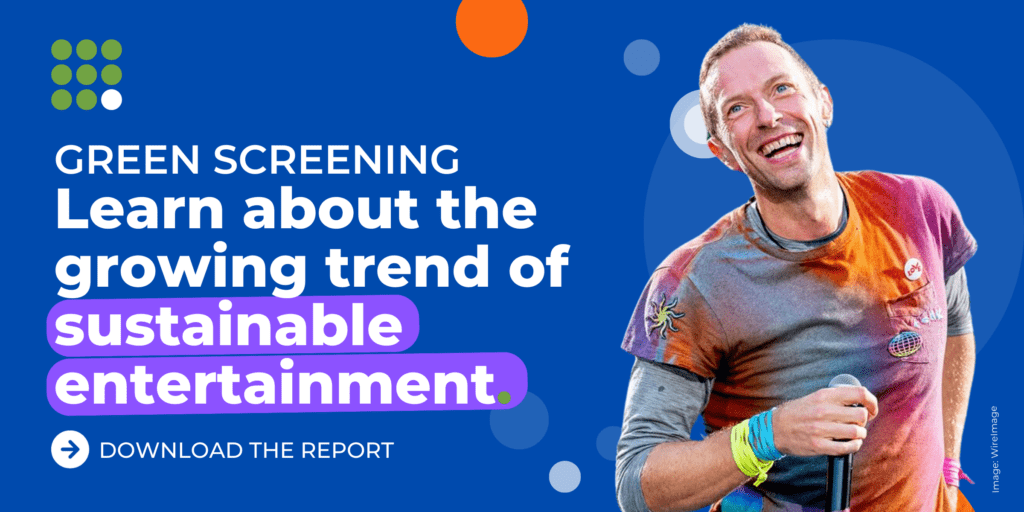
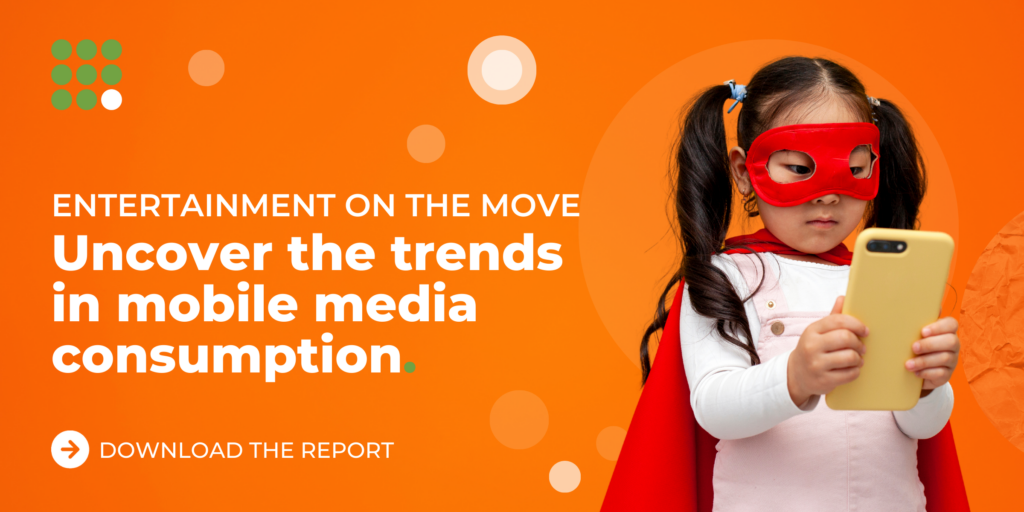

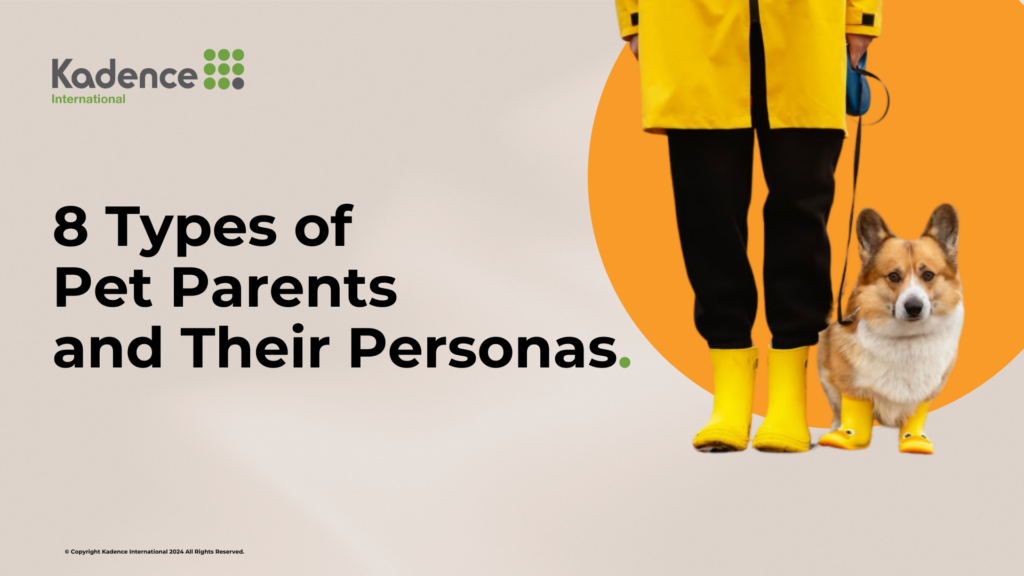
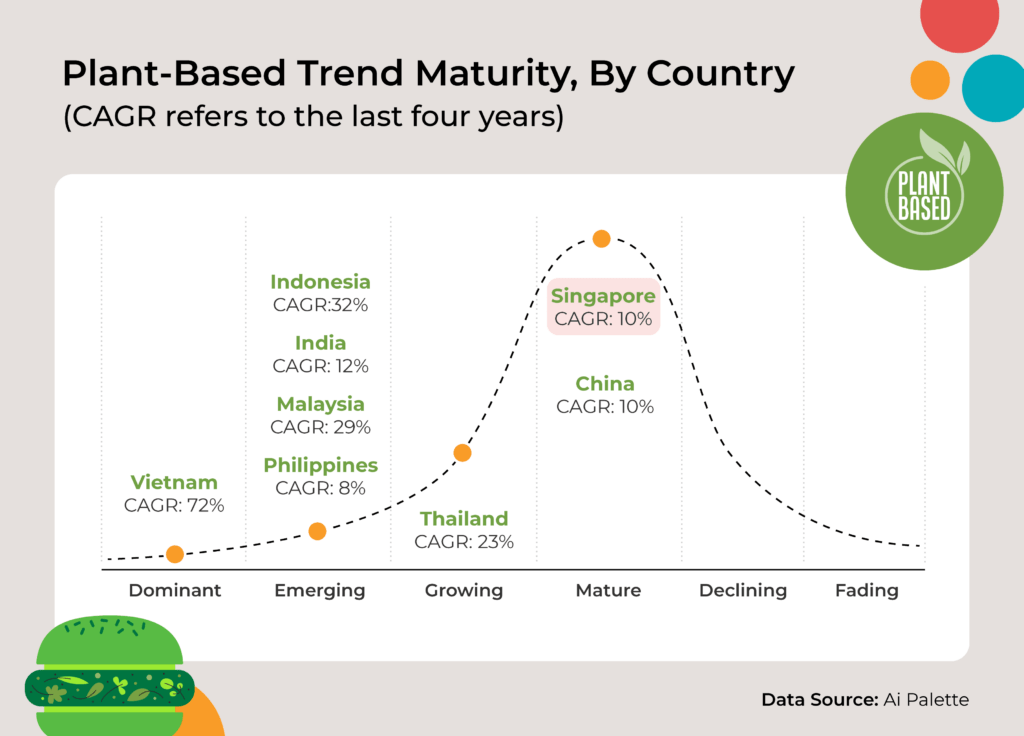
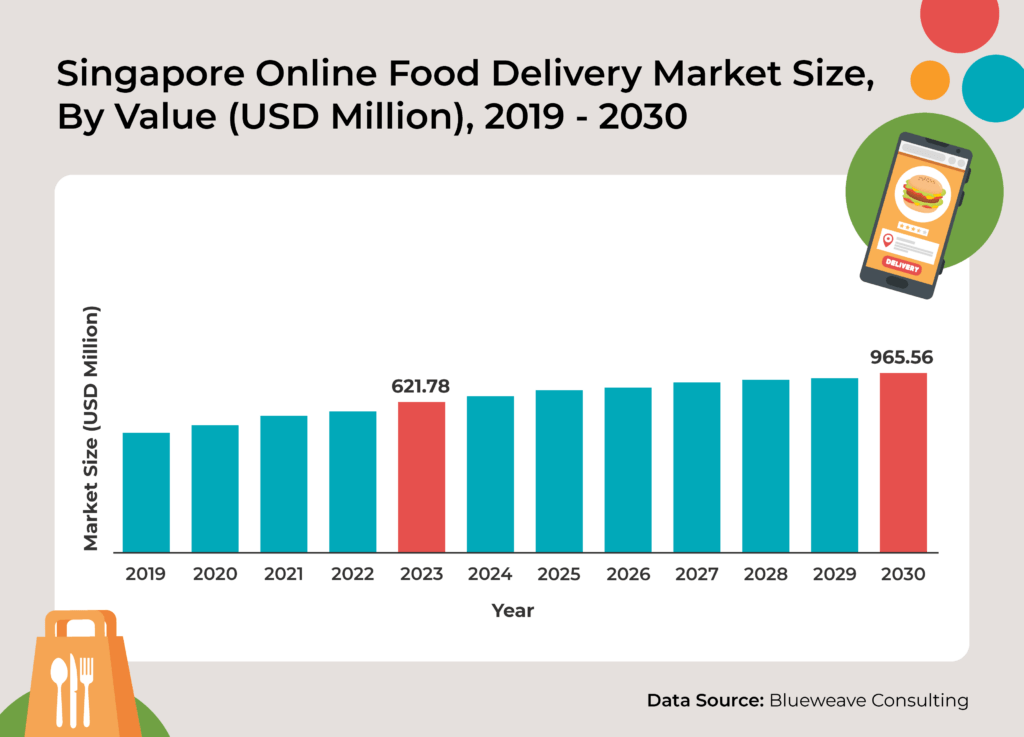
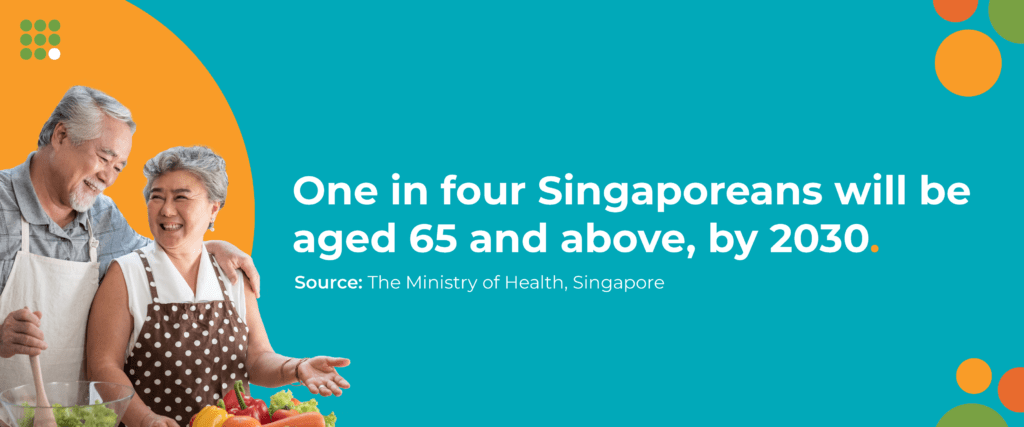
 Senior Marketing Executive
Senior Marketing Executive Sales & Marketing
Sales & Marketing General Manager PR -Internal Communications & Government Affairs
General Manager PR -Internal Communications & Government Affairs Vital Strategies
Vital Strategies
 Customer Intelligence Director
Customer Intelligence Director